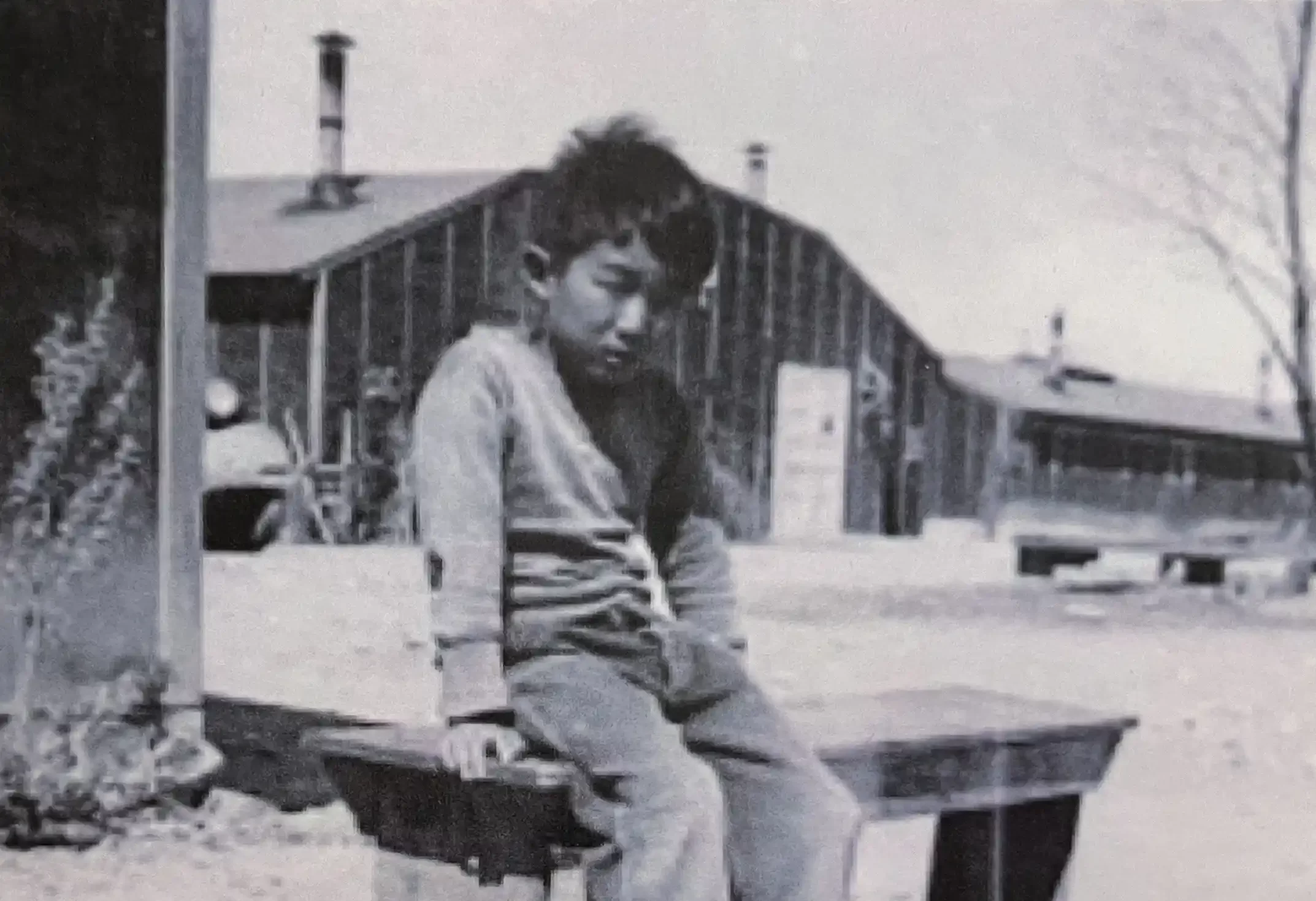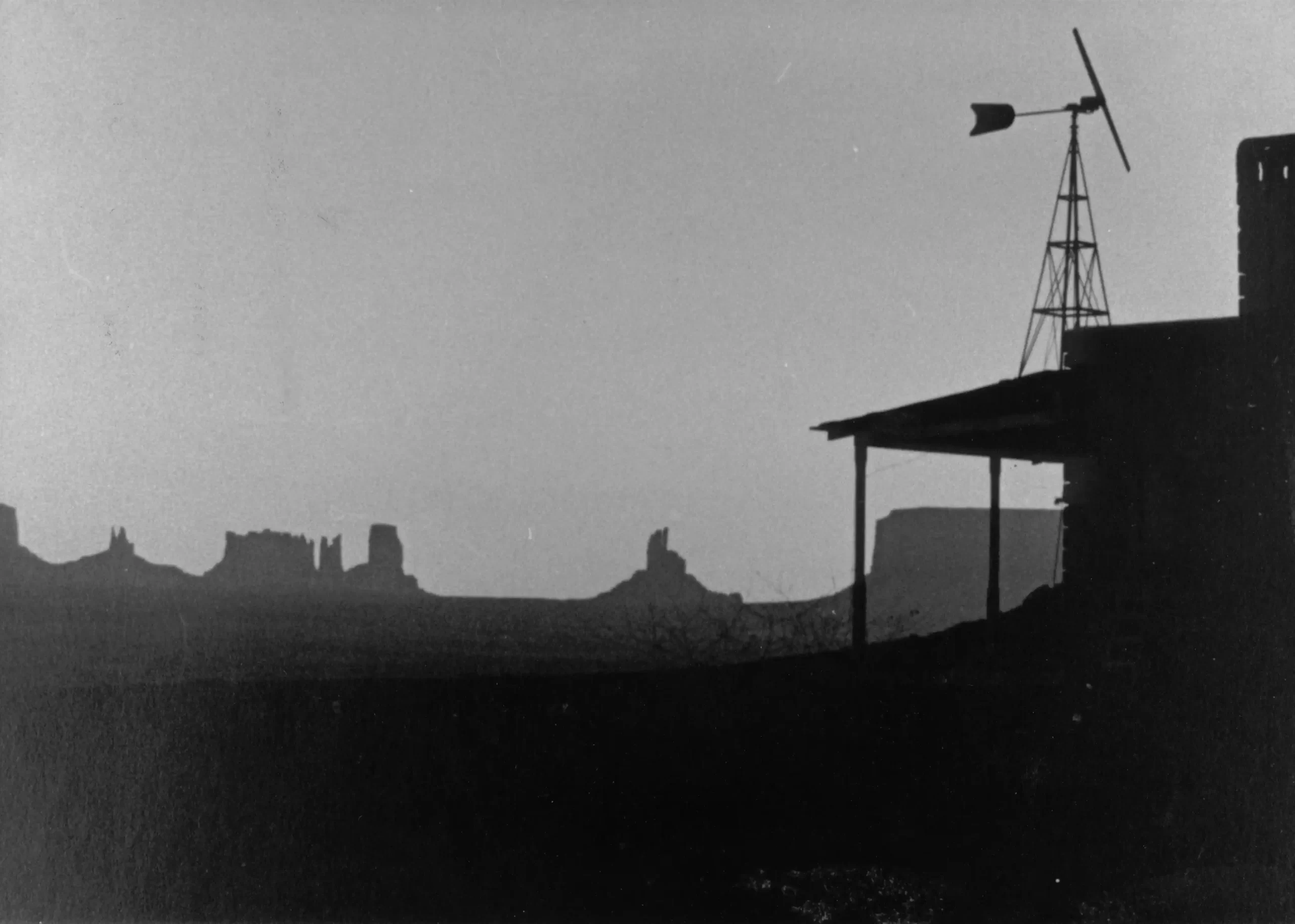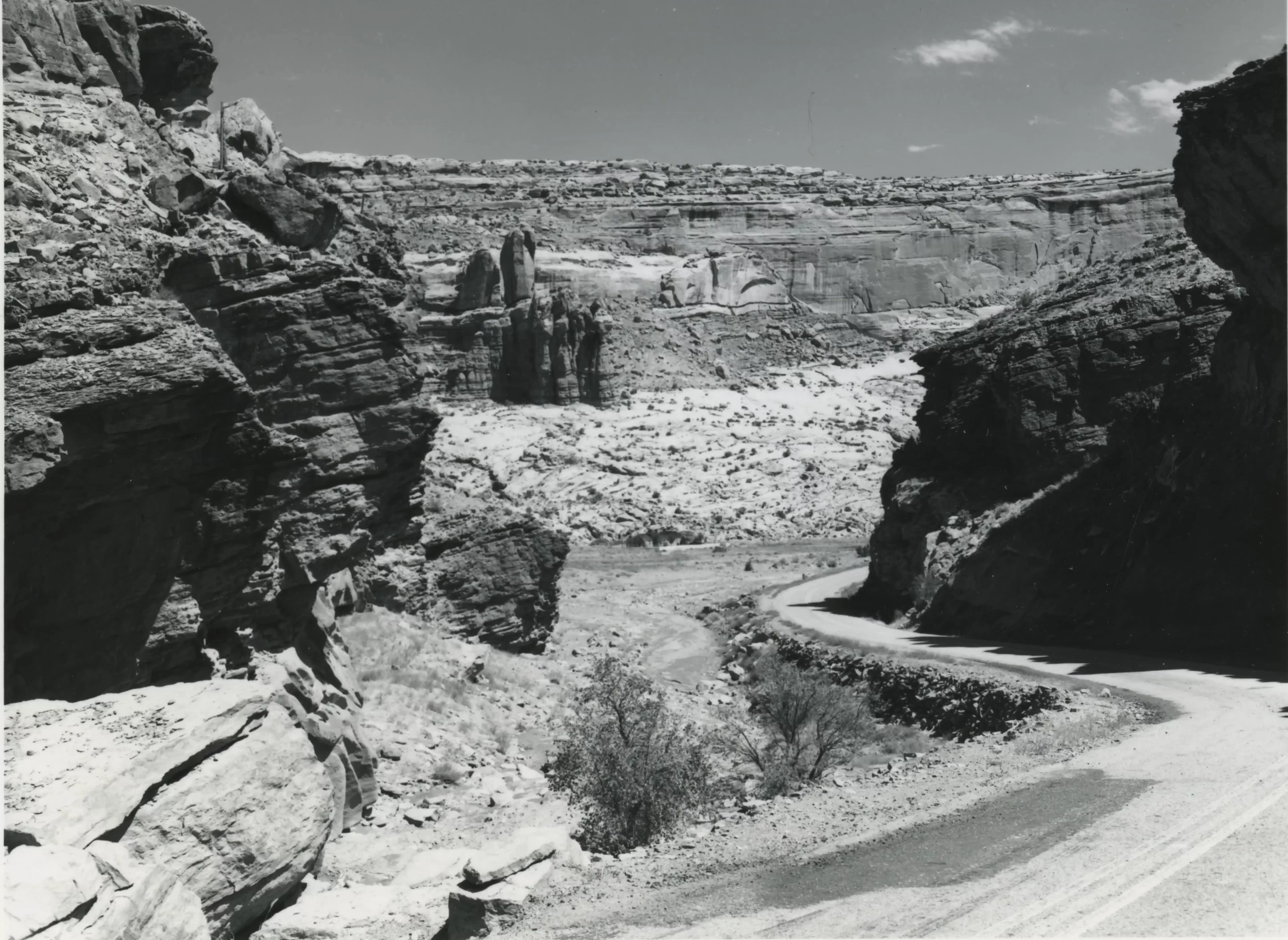Some information may be outdated.
Through this December, the Museum is proud to exhibit “Topaz Stories: Remembering the Japanese American Incarceration” in tandem with “A Moab Prison Camp,” lending a state-wide perspective to this dark period of American history during WWII. The Friends of Topaz collected numerous oral histories and personal reminiscences from survivors and descendants, however not all are currently featured in the Moab Museum space. In this week’s column, we shine the spotlight on a story you won’t find displayed, “Toy Story,” contributed by Jon Yatabe:
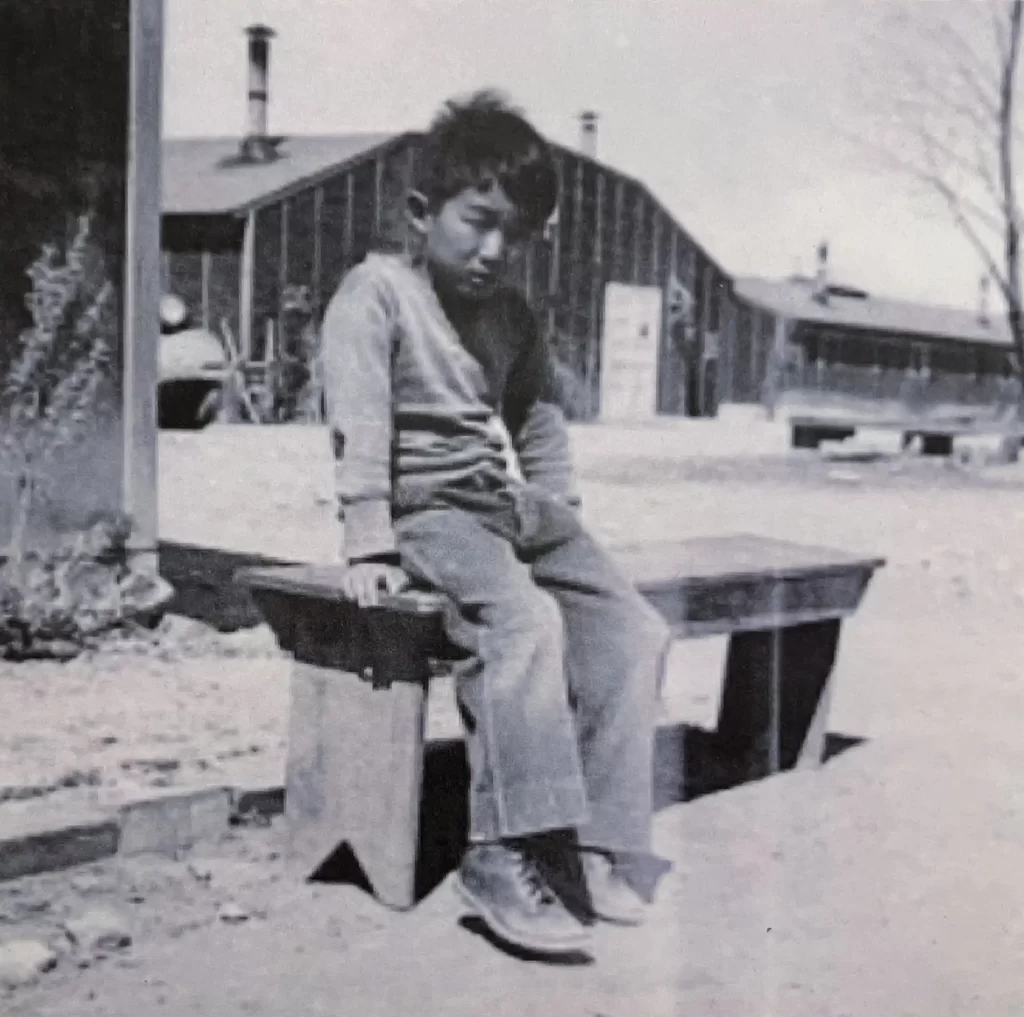
“In Topaz, everyone in the community helped us construct great toys from the scrap material at hand. We were like rural kids without the means or a place to buy toys. When it was kite season, the old men sat in front of their barracks and taught us how to make kites from scrap wood and paper. The kites were always decorated with the fierce faces of gods or samurai, (Japanese Warriors), and the desert winds would send the kites soaring into the sky. They were diamonds, squares, and boxes glittering against the blue-black sky with a distant blue mountain in the background.
One of the biggest kite problems was having enough string. If you had five cents, you could buy a whole roll of kite string, but most of us had to scrounge enough scraps to make a long enough string. This was tough because flying out over the barbed-wire fences with a safe margin took over 100 yards of string! We were always on the lookout for packages and things were wrapped in string. Often people would pick up their package to find no string around it, as we kids had already raided the room where mail was distributed. No one said anything, but I’m sure they knew why their string was missing.
We needed better string, but shorter pieces, for the yo-yo season. Most of us couldn’t afford a Duncan Yo-Yo, the gold standard. We could buy two Duncan strings for a nickel; then we would ask the old men to carve us a yo-yo. They found an old Duncan and took it apart. They began carving, and two days later, every kid in Block 26 had a serviceable yo-yo, carved from bare pine in three pieces.
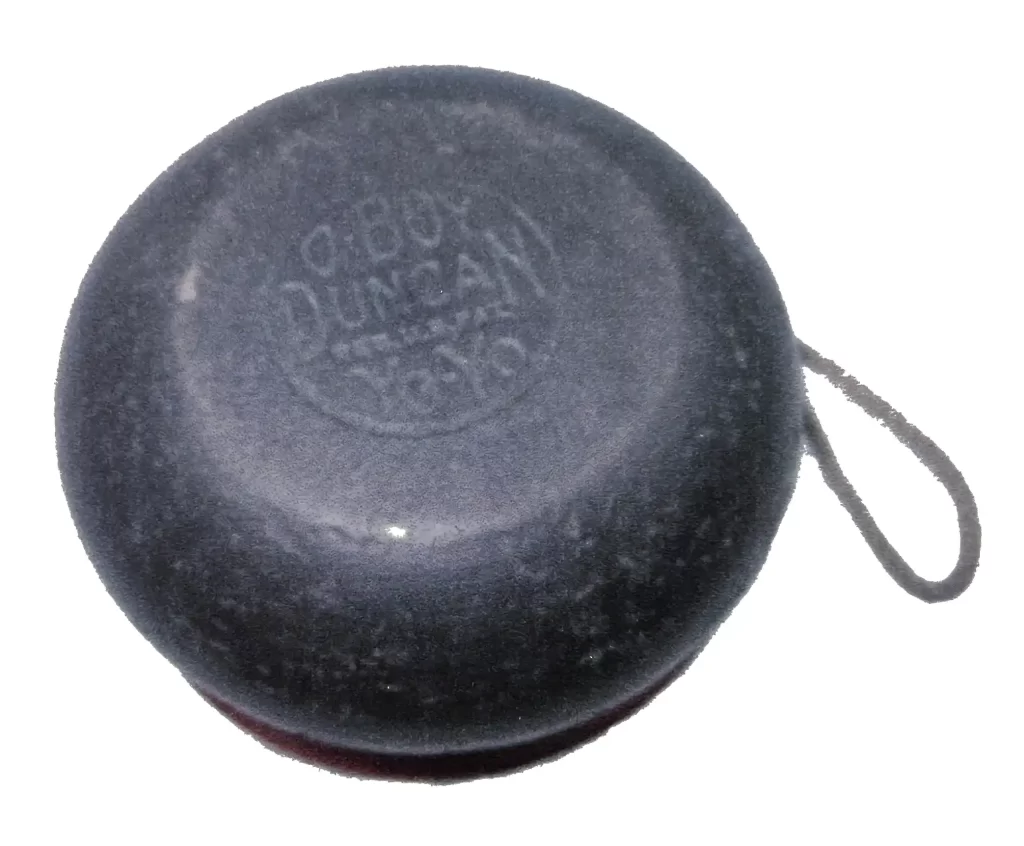
I could quickly do all of the tricks like Around the World, which was easy, Walking the Dog, Loop the Loop, and Rock the Cradle. I was hot stuff until we began the yo-yo battles. You stood about 12 feet apart and flung your yo-yo at your opponents. This, unlike the kite flying, often had the result of one yo-yo flying into three distinct pieces while the winner jumped up and down in glee. I was good at the tricks, but not at the fighting, and lost several yo-yos. And then Uncle Mot carved Momotaro (Peach Boy), a half—pound, pure maple yo-yo carved from an old piece of furniture. It was named after the legendary hero born from a peach pit. It smashed every other yo-yo for two days until the other kids learned, DO NOT challenge Momotaro-san. So, I was left to strut around doing cat cradles with a yo-yo so large that it would barely swing through the cradle. I kept it for years, and then suddenly, one year, it disappeared.
The kites and yo-yos were my first experience of the art of gaman — using found materials to create objects of great utility or beauty as a way of coping with the unbearable hardship of incarceration.”

Topaz Stories and A Moab Prison Camp are on display at the Museum through December 22, 2024. Stop by Tuesday-Saturday to engage in this history, learn about more acts of resilience amidst intense adversity, and hear from the survivors and descendants in their own words, from Delta to Moab.
The Moab Museum is dedicated to sharing stories of the natural and human history of the Moab area. To explore more of Moab’s stories and artifacts, find out about upcoming programs, and become a Member, visit www.moabmuseum.org.
Appreciate the coverage? Help keep local news alive.
Chip in to support the Moab Sun News.


